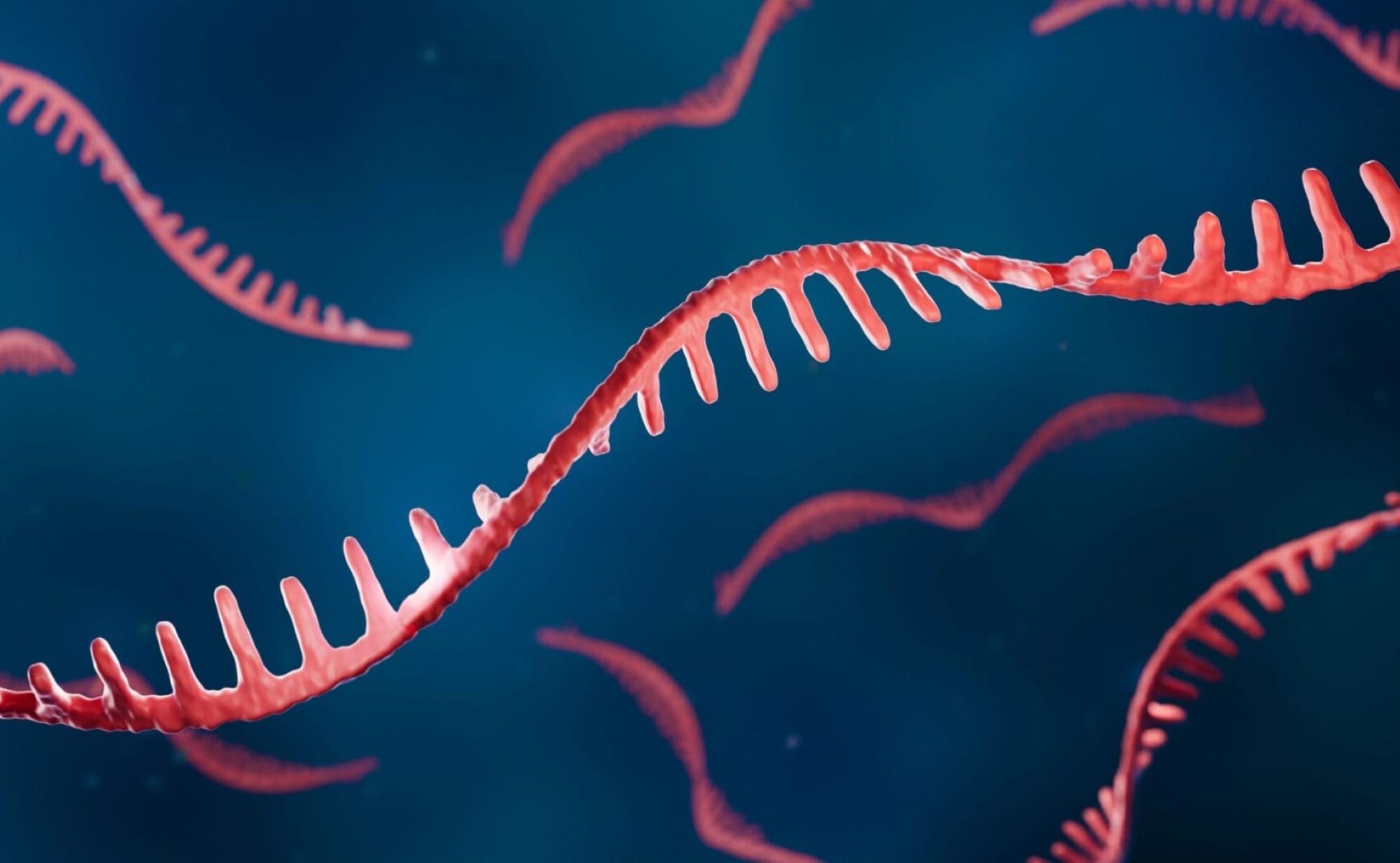
Diceratops, a fascinating dinosaur from the late Cretaceous period, often gets overshadowed by its more famous relatives like Triceratops. But did you know that Diceratops had two large horns above its eyes and a smaller one on its nose? This herbivorous giant roamed what is now North America around 66 million years ago. Diceratops is known for its unique frill, which was shorter and less ornate compared to other ceratopsians. Paleontologists believe these features might have played a role in species recognition or defense. If you're curious about this intriguing dinosaur, you're in the right place. Let's dive into 50 amazing facts about Diceratops that will leave you in awe of this prehistoric marvel.
Key Takeaways:
- Dicer is a crucial enzyme that "dices" RNA into small molecules, playing a big role in gene regulation and defending against viral infections. It's like a molecular superhero protecting our genetic code!
- Understanding Dicer's role in diseases and development can lead to new treatments and help scientists study gene function and evolution. It's like a key to unlocking the secrets of life!
What is Dicer?
Dicer is a crucial enzyme in the RNA interference (RNAi) pathway. It plays a significant role in gene regulation by processing double-stranded RNA into small interfering RNA (siRNA) and microRNA (miRNA). These small RNA molecules then guide the silencing of specific genes. Let's dive into some fascinating facts about Dicer.
- Dicer is a ribonuclease enzyme that cleaves double-stranded RNA into smaller fragments.
- It was first discovered in the early 2000s by researchers studying RNA interference.
- The enzyme is named "Dicer" because of its ability to "dice" RNA into smaller pieces.
- Dicer is found in many organisms, including humans, plants, and some viruses.
- It has a crucial role in defending against viral infections by degrading viral RNA.
- Dicer is involved in the regulation of gene expression by producing miRNAs.
- The enzyme contains multiple domains, including a helicase domain and two RNase III domains.
- Dicer's activity is essential for the proper development of many organisms.
- Mutations in the Dicer gene can lead to various diseases, including cancer.
- Dicer interacts with other proteins, such as Argonaute, to form the RNA-induced silencing complex (RISC).
Dicer's Role in RNA Interference
RNA interference is a biological process where RNA molecules inhibit gene expression. Dicer plays a pivotal role in this process by generating siRNAs and miRNAs, which are essential for gene silencing.
- Dicer processes long double-stranded RNA into siRNAs, which are about 21-23 nucleotides long.
- These siRNAs are then incorporated into the RISC, guiding it to target complementary mRNA for degradation.
- Dicer also processes precursor miRNAs (pre-miRNAs) into mature miRNAs.
- Mature miRNAs are about 22 nucleotides long and can bind to target mRNAs to inhibit their translation.
- The production of miRNAs by Dicer is crucial for regulating various cellular processes, including cell growth and differentiation.
- Dicer's role in RNA interference helps maintain genomic stability by preventing the expression of harmful genes.
- The enzyme's activity is tightly regulated to ensure proper gene silencing.
- Dicer can recognize and process both perfectly and imperfectly base-paired RNA substrates.
- The enzyme's helicase domain helps unwind double-stranded RNA, facilitating its cleavage.
- Dicer's RNase III domains are responsible for the actual cleavage of RNA into smaller fragments.
Dicer in Disease and Therapy
Dicer's function is vital for normal cellular processes, and its dysregulation can lead to various diseases. Understanding Dicer's role in these diseases can help develop new therapeutic strategies.
- Mutations in the Dicer gene have been linked to several types of cancer, including ovarian and lung cancer.
- Dicer deficiency can lead to the accumulation of unprocessed RNA, causing cellular stress and disease.
- Some viral infections can inhibit Dicer's activity to evade the host's immune response.
- Dicer's role in miRNA production is crucial for the regulation of tumor suppressor genes and oncogenes.
- Therapeutic strategies targeting Dicer or its products are being explored for cancer treatment.
- Dicer's involvement in RNA interference makes it a potential target for antiviral therapies.
- Researchers are investigating the use of synthetic siRNAs to mimic Dicer's activity for gene silencing in disease treatment.
- Dicer's activity can be modulated by small molecules, providing a potential avenue for drug development.
- Understanding Dicer's structure and function can help design more effective RNA-based therapies.
- Dicer's role in gene regulation makes it a key player in personalized medicine approaches.
Dicer in Development and Evolution
Dicer's importance extends beyond disease, playing a crucial role in the development and evolution of organisms. Its function in gene regulation is essential for proper growth and adaptation.
- Dicer is essential for the development of the nervous system in many organisms.
- The enzyme's activity is required for the proper formation of stem cells and their differentiation into various cell types.
- Dicer's role in miRNA production is crucial for the regulation of developmental genes.
- The enzyme is involved in the regulation of genes responsible for cell cycle progression and apoptosis.
- Dicer's activity is necessary for the maintenance of pluripotency in embryonic stem cells.
- The enzyme's function in RNA interference helps protect the genome from transposable elements.
- Dicer's role in gene silencing is conserved across many species, highlighting its evolutionary importance.
- The enzyme's activity can be influenced by environmental factors, affecting gene expression and adaptation.
- Dicer's involvement in RNA interference has been observed in both plants and animals, indicating its widespread significance.
- The enzyme's function in gene regulation is crucial for the proper response to stress and environmental changes.
Dicer in Research and Biotechnology
Dicer's role in RNA interference has made it a valuable tool in research and biotechnology. Scientists use Dicer and its products to study gene function and develop new technologies.
- Researchers use Dicer to generate siRNAs for gene knockdown experiments.
- The enzyme's activity is harnessed to study the function of specific genes in various organisms.
- Dicer's role in miRNA production is used to investigate the regulation of gene expression.
- The enzyme is employed in the development of RNA-based therapeutics.
- Dicer's activity is utilized in the creation of genetically modified organisms for research purposes.
- The enzyme's function in RNA interference is used to study viral infections and host-pathogen interactions.
- Dicer's role in gene silencing is applied in the development of new crop varieties with improved traits.
- Researchers use Dicer to study the mechanisms of gene regulation and epigenetics.
- The enzyme's activity is explored in the development of new diagnostic tools for disease detection.
- Dicer's role in RNA interference continues to be a focus of research, with new discoveries and applications emerging regularly.
Final Thoughts on Diceratops
Diceratops, often overshadowed by its more famous relatives, holds a unique place in dinosaur history. This fascinating creature, with its two prominent horns and frilled skull, roamed North America during the Late Cretaceous period. Despite debates about its classification, whether as a distinct genus or a variation of Triceratops, Diceratops continues to intrigue paleontologists and dinosaur enthusiasts alike.
Understanding Diceratops helps us appreciate the diversity and complexity of prehistoric life. Its discovery sheds light on the evolutionary paths of ceratopsians, offering clues about their behavior, habitat, and interactions. As new fossils are unearthed and technology advances, our knowledge of Diceratops will undoubtedly grow, providing even more insights into this remarkable dinosaur.
So, next time you think about dinosaurs, remember Diceratops. Its story is a testament to the ever-evolving nature of science and our quest to uncover the mysteries of the past.
Frequently Asked Questions
Was this page helpful?
Our commitment to delivering trustworthy and engaging content is at the heart of what we do. Each fact on our site is contributed by real users like you, bringing a wealth of diverse insights and information. To ensure the highest standards of accuracy and reliability, our dedicated editors meticulously review each submission. This process guarantees that the facts we share are not only fascinating but also credible. Trust in our commitment to quality and authenticity as you explore and learn with us.


